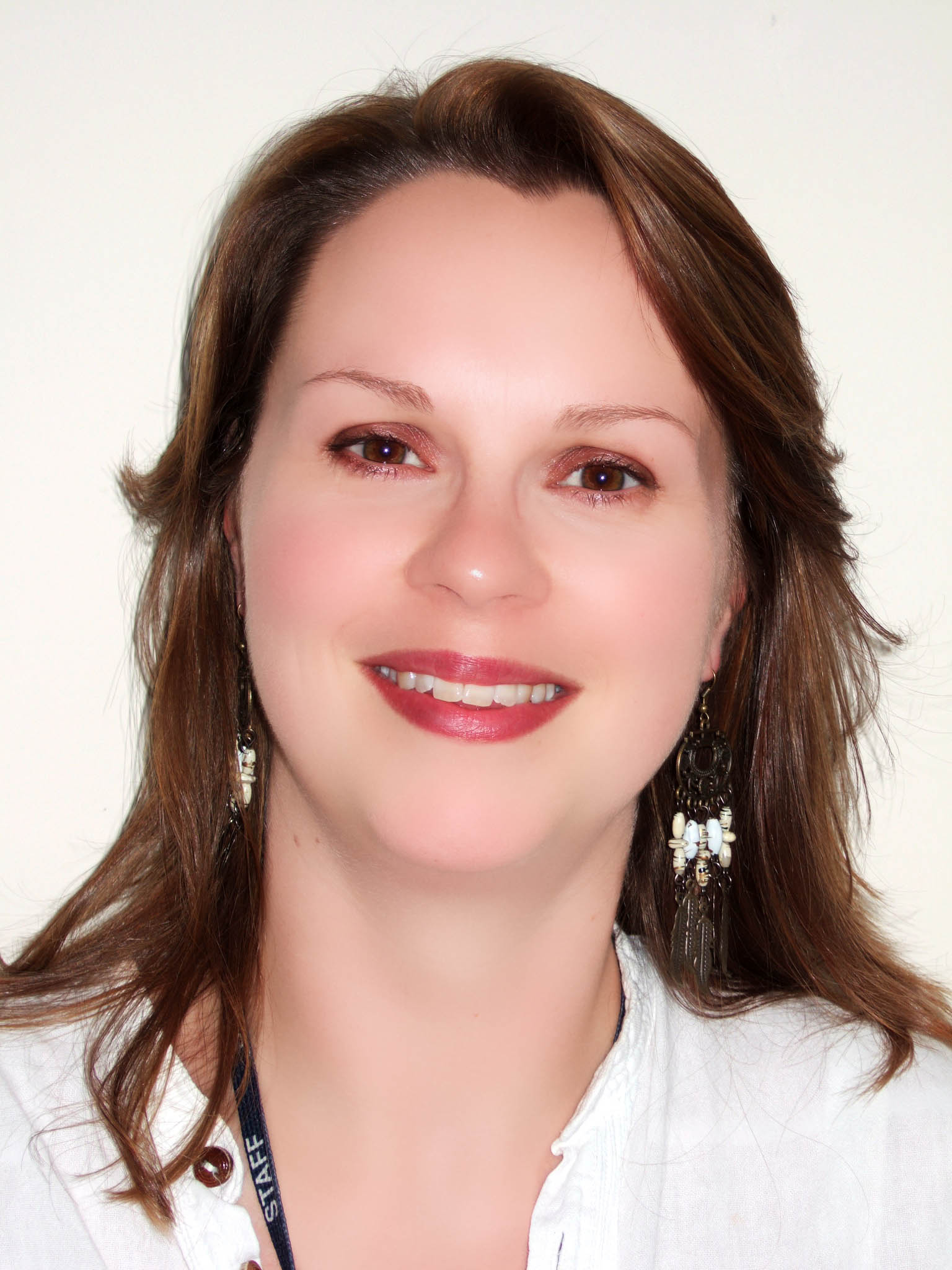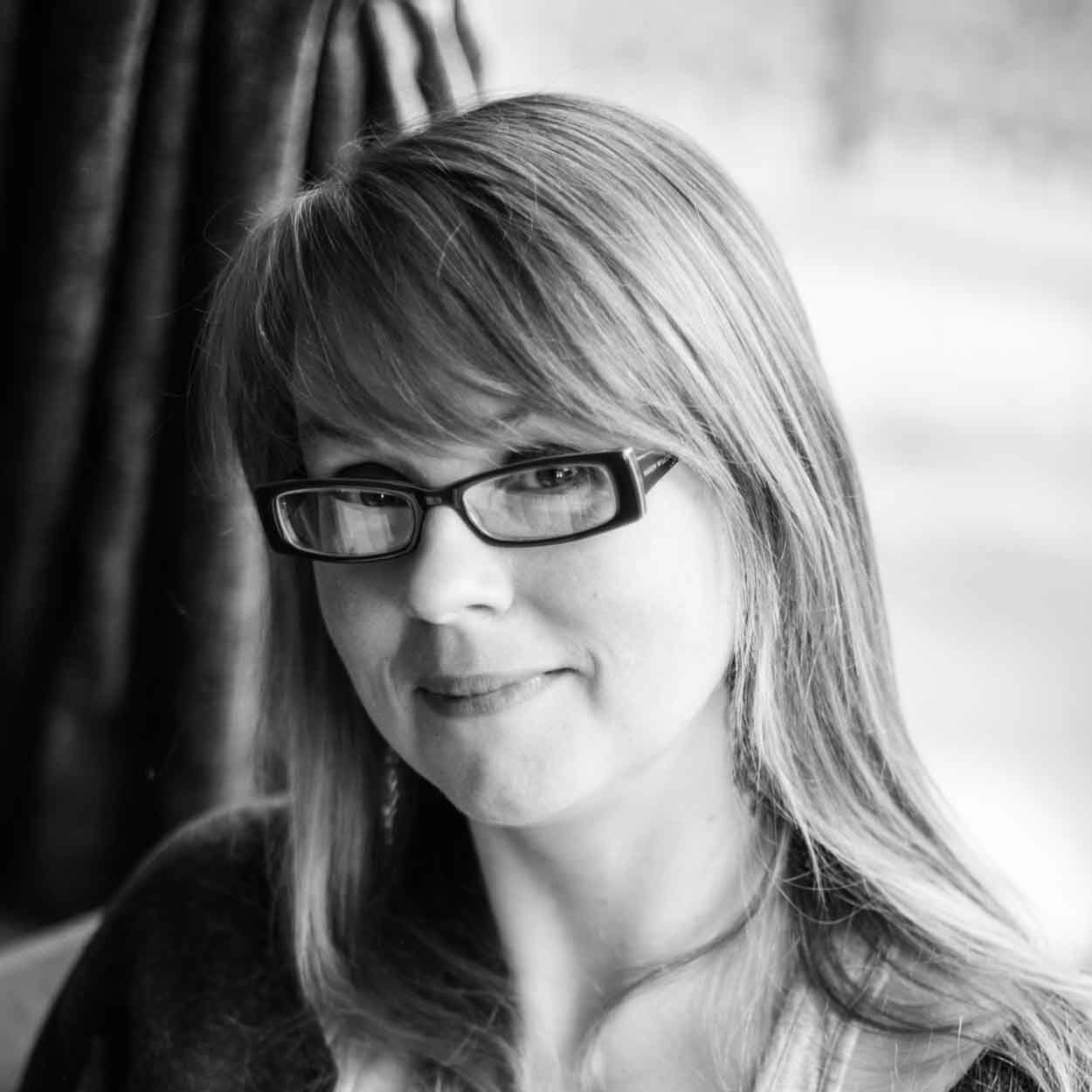Chatting with a friend about last week’s blog post I was reminded of the biggest lie in our society about beauty.
It would be bad enough for our self-esteem if we were aiming to look like, and judging ourselves against, the most beautiful people in the world. But what we’re usually comparing ourselves to when we look at models and celebrities – especially in print – is a complete unreality.
Even 25 years ago Cindy Crawford (a supermodel of the time) said:
“I think women see me on the cover of magazines and think I never have a pimple or bags under my eyes. You have to realise that’s after two hours of hair and make-up, plus retouching. Even I don’t wake up looking like Cindy Crawford.”
How much worse is that situation now?! This article about the retouching of photos by Victoria’s Secret is an amazing insight (well worth a read, my jaw dropped in disbelief at the wearing-bras-with-swimsuits and pubic hair revelations!).
And this fab minute-long video is a powerful visual example of the evolution of a photoshoot:
There are loads of videos like that on the internet. They leave me asking: why even bother photographing a model in the first place? Why not just have a few stock shots of basic human faces that you can turn into anything you want? Lengthening necks? Making eyes bigger? Does anyone really look like that?
And the message this process gives us? Even when you make yourself look as beautiful as possible with hair stylists, make-up artists and clever lighting technicians, you’re still not beautiful enough.
Women, especially young women, are trying to make themselves look like something that doesn’t exist. In real life the models in the photos don’t even look like the models in the photos.
Teenagers have some knowledge that this is happening. They are, after all, the Instagram filter generation, experts at making something in a photo look better than it actually is. But how often do they pause over someone else’s image, tell themselves it’s not real and make sure that goes in deep enough for them to better accept the reality of how they look? Not so much, I suspect.
Because of the sensitivity and importance of this issue with teens, I always think very carefully about how I describe the physical appearance of my characters, how they perceive themselves and how they perceive others. It’s hard to get right! Perhaps the most important thing is to make them attractive for reasons other than how they look.
We all try to make ourselves look better in photos, whether it’s posing “properly”, checking our hair and make-up before the shutter clicks, choosing a more flattering filter before we upload the photo to social media or playing with Photoshop, as in my photo above (done years ago as a bit of an experiment – I think I improved my skin tone, smoothed my hair, whitened my eyes and teeth, etc.). But I know that was a “me” I created for fun, it’s not how I expect myself to look on a daily basis.
Those of us who have a firm grip on this unreality must keep talking about and exposing it. In a wonderful moment of “coincidence” yesterday, when I’d started working on this post, Taryn Brumfitt of the Body Image Movement appeared on BBC Breakfast. She’s has an amazing story and has just released a documentary film called “Embrace” about this very issue! There’s only one showing in Sheffield this Thursday and she’s even going to be there to introduce it in person!! Yay 🙂 I have my ticket and I’m off to find out more. This is such a prevalent and important issue – especially for the audience I’m writing for – that I’m guessing this is not going to be the last of my blog posts on this issue!
Similar Posts:
- None Found


 Hi, I'm Mel (you figured that out already though, right?!) and this is where I chat about things that relate to and inspire my writing, as well as share some of it.
Hi, I'm Mel (you figured that out already though, right?!) and this is where I chat about things that relate to and inspire my writing, as well as share some of it.